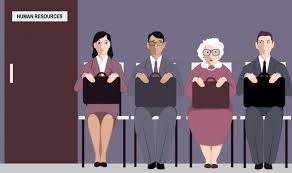Older adults can save tens of thousands of dollars annually by choosing assisted living communities over aging in place in their homes.
Unlike point solutions, Inspiren unifies resident safety, care planning, staffing, and emergency response into a single AI-powered platform.
An artificial intelligence-powered virtual assistant platform for senior living and care providers.
Betting that AI could lighten the clinician load.

 Getty images show advertising’s ageist stereotypes. A new report from AARP this week zeros in on something we all knew:
Getty images show advertising’s ageist stereotypes. A new report from AARP this week zeros in on something we all knew:  It’s 2019 and in full sprint to the year-end finish. Soon you will launch a boomer/senior, home health tech product or service, or maybe a caregiver advisory service. As your company gets ready to travel into battle or a booth this fall with the sound of
It’s 2019 and in full sprint to the year-end finish. Soon you will launch a boomer/senior, home health tech product or service, or maybe a caregiver advisory service. As your company gets ready to travel into battle or a booth this fall with the sound of  sp of August and Labor Day's hurricane Dorian is behind us. Note how a
sp of August and Labor Day's hurricane Dorian is behind us. Note how a  MIT Technology Review’s "Old Age is Over" is thought provoking. Or in the case of the technology section – "
MIT Technology Review’s "Old Age is Over" is thought provoking. Or in the case of the technology section – "